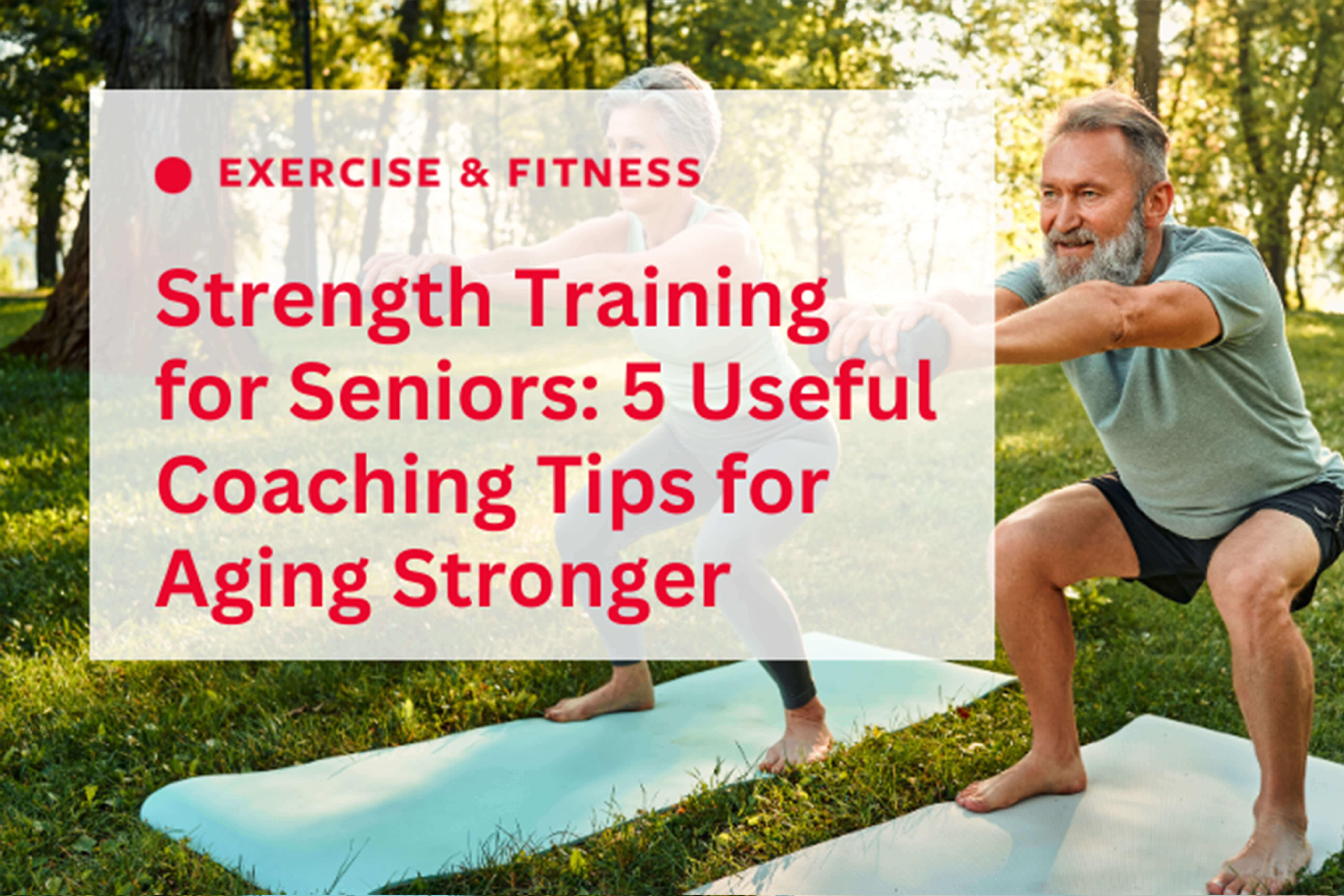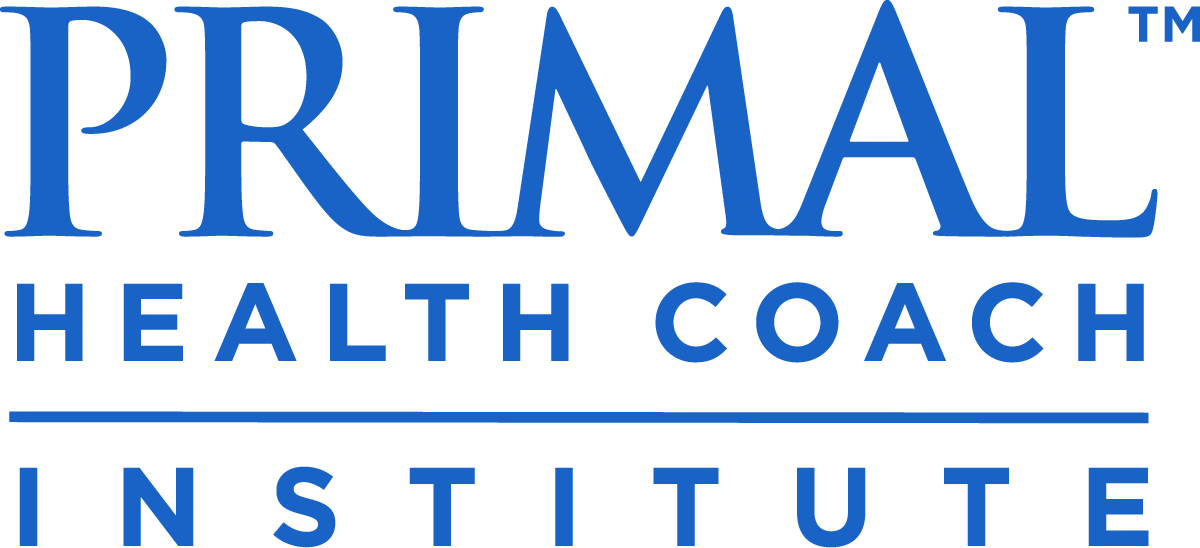If you’re a coach working with older adults, then you’ll understand the importance of strength training for seniors.

Strength training for seniors is arguably the best way to increase longevity. Have you considered becoming a Seniors' strength coach?
Working with the older demographic allows you the opportunity to change lives in a unique way. Growing older doesn’t have to mean frailty and illness.
Whether you work with postmenopausal women, frail older adults, or active older men. Each of these demographics will benefit from a safe strength training program.
In this blog we’ll explore why strength training is essential to the elderly population. We’ll also share our tips on how you can use strength training with your seniors to build their independence, improve their mental well-being and their overall health.
Why Strength Training Should Be Central to Senior Coaching Programs
As we know, aging brings inevitable age-related declines—including muscle loss, reduced bone density, and increased risk of chronic diseases like heart disease. But the good news? Regular strength training is one of the most effective interventions we have to combat these changes.
Proven Benefits for Seniors:
There's an ever-increasing list of proven benefits to strength training for seniors. Some of these are listing below:
- Preserves and builds lean muscle mass.
- Increases bone density and supports joint health.
- Enhances cardiovascular fitness and reduces risk of cardiovascular events.
- Improves mechanical muscle function, postural muscles, and balance.
- Boosts cognitive function, emotional resilience, and overall mental and emotional health.
As a coach, this means you’re not just helping clients look better—you’re supporting their physical function, functional fitness, and long-term independence.
Busting Myths: Older Clients Can Strength Train Safely
Many older adults believe that strength and power training is only for younger people or that weight lifting is unsafe for them. As a coach, it’s your job to reframe that mindset.
We need to spread the word that strength training for seniors is safe, and it's also beneficial!
Here’s what to communicate:
- Strength training exercises are adaptable depending on a client's age, fitness level or injury limitations.
- Even frail older adults can see gains in muscle power, endurance, and mobility.
- You don’t need heavy weights or machines—bodyweight exercises, resistance bands, and light weights are effective.
- Progressive resistance training is key. Start slow, build gradually.
Understanding the Aging Body: What You’re Up Against
To coach seniors effectively, you need to understand what’s happening physiologically:
- Muscle fibers shrink and deteriorate, leading to muscle weakness.
- Muscle atrophy accelerates due to inactivity.
- Joint stability decreases as hip flexors tighten, ankles stiffen, and shoulders become less supple.
- Balance issues increase, raising fall risk.
- There’s a decline in insulin sensitivity, metabolic rate, and overall mechanical function.
Your job? Use strength training sessions to help your clients reverse or slow these changes, improve their daily routine, and regain their ability to perform everyday tasks with greater ease.
Essential Strength Training Movements for Older Adults
As a coach, focus on exercises that target major muscle groups and mimic functional movements. A robust strength training for seniors program should include a mix of:
Bodyweight Exercises
- Chair squats for legs and glutes.
- Wall push-ups.
- Side plank for core strength.
- Hip extension for hip joint mobility.
Resistance Training Tools
- Resistance bands for chest presses, leg presses, and rows.
- Light weights for upper body (overhead press, bicep curls)
- Encourage calf raises to strengthen the calf muscles.
Balance Exercises
- Standing balance drills.
- Supportive stances to address balance issues.
- Complementary practices like tai chi and daily walks.
Be sure to include compound exercises that work different muscle groups and simulate real-life movement patterns.
How to Become a Strength Coach for Seniors
If strength training is your passion, then getting credentialed (and insured) is a must. There are several education paths you can take when becoming a strength coach.
Getting a fitness coach or personal training certification is a fantastic first step. These foundational courses will teach you correct movement patterns, how to program effectively, and they will help you hone your coaching craft. Here at PHCI, we offer a Primal Fitness Coach certification. This course provides a well-rounded fitness and coaching curriculum, especially if you're just starting your coaching path.
If you're serious about getting into strength training for seniors, then your next step is to level up your credentials. Further study in the areas of strength training and coaching seniors would be highly desirable.
PHCI offers a Strength Training for Women Specialist certification, which is an awesome option if you’re planning on working with older women.
Top 5 Coaching Tips for Introducing Strength Training to Seniors
Now that we’ve established the importance of strength training for seniors, and we’ve outlined a very basic educational pathway to get you certified.
We’ll now share our top five coaching tips to maximize your success as a senior’s strength coach. These tips offer a safe and sustainable strength training routine for your older clients:
- Assess first: Understand limitations, injuries, and any chronic conditions.
- Start light: Use free weights, resistance bands, or no equipment at all.
- Prioritize form: Emphasize safe movement patterns and a strong starting position.
- Focus on function: Tie exercises to everyday tasks like climbing stairs or carrying groceries.
- Include rest: Seniors need longer recovery times, especially after higher intensity sessions.
Don’t forget the basics like proper warm-ups, upright posture, and cooling down to prevent muscle soreness or injury.
Designing Personalized Programs for Seniors
A well-designed strength training program for seniors should be:
- Goal-driven: Whether it’s fall prevention, reducing lower back pain, or just improving mobility.
- Balanced: Target both upper body and lower body, with attention to core and postural muscles.
- Flexible: Seniors often have physical limitations that will impair their movement patterns. Work around these by swapping out squats for step ups, for example.
- Sustainable: Focus on consistency over intensity.
- Fun: The best fitness program is one that you actually look forward to doing.
You can use tools like the American Heart Association and American College of Sports Medicine guidelines to shape safe and effective programs.
Don’t Overlook the Mental Benefits
Strength training does more than improve physical strength—it’s a boost for the brain too.
Your senior clients may experience:
- Reduced risk of depression and anxiety.
- Improved memory and cognitive function.
- Enhanced sense of purpose and self-confidence.
This is especially true when you include social elements—group training, shared goals, or even simply tracking progress together.
Final Thoughts for Coaches
As a coach, your influence goes far beyond the workout. By integrating strength training into your senior clients’ lives, you’re helping them build the strength and confidence to stay active, independent, and engaged—well into older age.
You’re not just teaching bench press or chest press—you’re helping clients age with dignity, strength, and freedom.
Ready to upskill? Learn more about PHCI’s health and fitness coaching certifications here.



